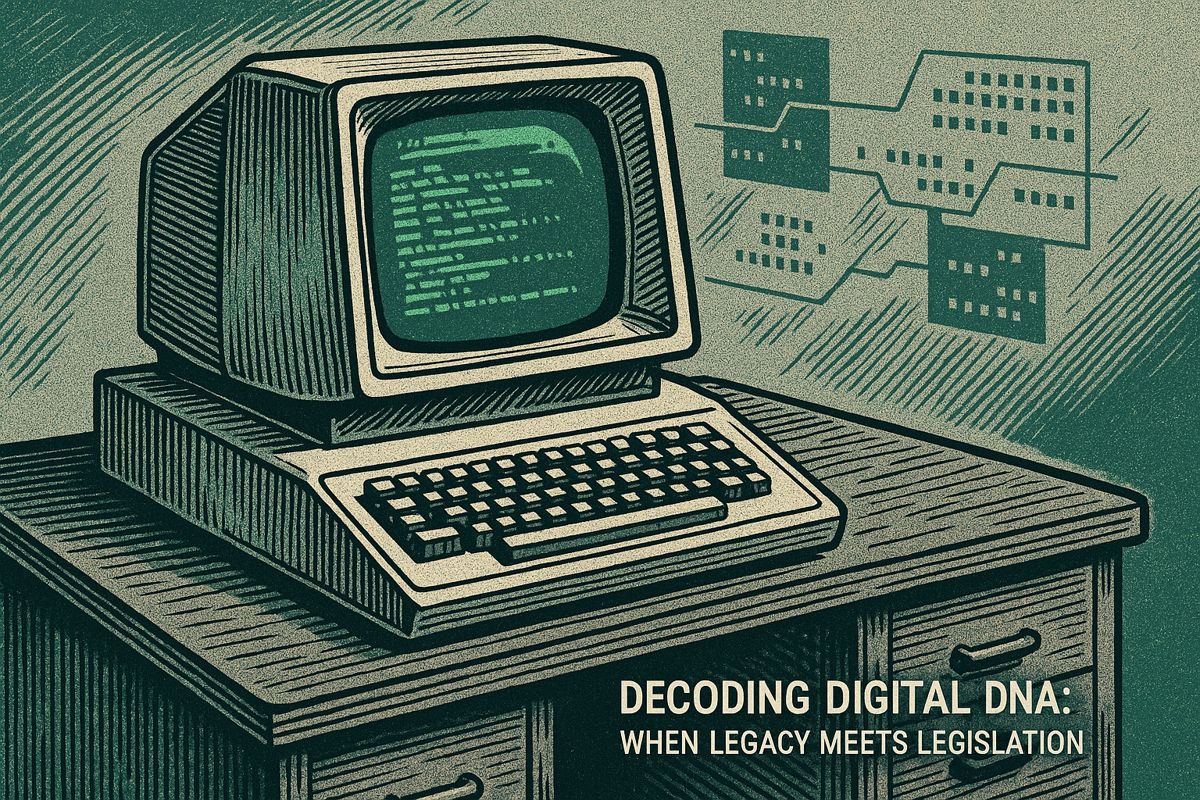Custom AI gives businesses a big edge by making work faster and more accurate, saving both time and money compared to standard AI tools. While almost every big company uses off-the-shelf AI, those building their own custom solutions are seeing much bigger gains, like better accuracy with their unique data and stronger control over security. Companies like BMW and Shell show that custom AI finds tiny problems people miss and keeps machines running longer. Even though custom AI takes longer and costs more at first, it often pays off with fewer ongoing costs and more control over your data. Now, using generic AI isn’t special anymore – real winners are the ones who make AI fit their exact needs.
What are the key advantages of custom AI over off-the-shelf AI tools?
Custom AI delivers significant benefits for businesses, including up to 25% higher task efficiency, double-digit labor cost reductions, and 15-30% improved accuracy with proprietary data. Companies gain full control over data ownership, unlimited fine-tuning, and faster, more secure deployment – creating a strategic edge over generic AI solutions.
Why Generic AI Tools Are Already Your Competitor’s Advantage
Every Fortune 500 firm now runs at least one off-the-shelf AI product, yet the companies widening their margins in 2025 are those that abandoned generic models and built their own. The numbers explain why: custom AI can lift task efficiency by up to 25 % and cut labor costs by double-digit percentages, while off-the-shelf tools continue to plateau at 5-7 % productivity gains for most teams (reference).
The Accuracy Gap No Sales Pitch Mentions
Generic models are trained on public data. That sounds harmless until you need a risk engine that understands *your * specific transaction patterns. JPMorgan’s COIN system processes 360,000 hours of annual loan-agreement review work in seconds because it was trained exclusively on internal legal precedents (source). Accuracy against bespoke data beats generic benchmarks by 15-30 % in such specialized domains.
| Metric | Off-the-Shelf AI | Custom AI |
|---|---|---|
| Initial deployment time | 1-14 days | 9-18 mo |
| Up-front cost (mid-market) | $5-50 k | $100-500 k |
| 3-year TCO | High recurring | Often lower |
| Data ownership | Vendor | You |
| Fine-tuning freedom | Limited | Unlimited |
Security & Compliance Bottlenecks Are Real – But Solvable
Before 2024, enterprises hesitated because custom stacks meant writing their own governance controls. Claude Code, now bundled with Anthropic’s enterprise plans, plugs directly into existing IAM, SOC-2, and GDPR workflows (details). As a result, rollout time from pilot to production has fallen from 18 months (2023 average) to 6-9 months in 2025.
Industrial Case Studies Beyond Tech Giants
- BMW : AI co-inspectors catch micro-defects human eyes miss, reducing recall incidents by 12 % in the first year.
- Shell : Predictive-maintenance models built on proprietary sensor data cut unplanned downtime 15 % across 10,000 assets.
- HDFC ERGO: Vertex AI–powered “superapps” deliver context-specific insurance bundles that lift cross-sell revenue 22 %.
Terminal Velocity: Why Power Users Prefer Command-Line AI
Speed matters. Thought-leader Tomasz Tunguz built his Parakeet Podcast Processor entirely in terminal mode, shaving iteration cycles from days to hours. The same pattern appears in 68 % of teams tracked by GetDX in 2025: CLI-first AI workflows deploy features 3× faster than GUI-driven approaches (source).
The Takeaway Before Budget Season
Off-the-shelf AI is no longer a differentiator; it is table stakes. The next budget cycle will separate firms that rent generic intelligence from those that *own * it. If your roadmap includes proprietary data, regulatory constraints, or margin-sensitive processes, custom AI has moved from “nice to have” to “risk of falling behind.”
Why is custom AI better than off-the-shelf software for competitive differentiation?
Because proprietary models trained on your own data create capabilities competitors simply cannot access. Generic tools are built for the “average” use case; a bespoke engine can solve the exact workflows that differentiate your product. The result is a defensible moat instead of a commodity feature set.
How much more efficient can a custom AI solution be?
Recent deployments show up to 25 % efficiency gains in core operations when the model is tuned to a company’s specific tasks rather than a broad market average. In one retail case, a bespoke recommendation engine drove 3× the conversion rate of the previous SaaS plug-in because it understood the store’s unique SKU mix and seasonal patterns.
What does it actually cost and how long does it take to build?
| Item | Custom AI | Off-the-Shelf |
|---|---|---|
| Initial outlay | $100 k–$500 k | Under $100 k |
| Go-live timeline | 9–18 months | Hours to days |
| 3–5-year TCO | Lower for evolving needs | Recurring fees can overtake custom spend |
While the upfront sticker price is higher, the absence of per-seat or per-query licensing often makes custom cheaper over time for high-volume or heavily regulated environments.
Which recent companies have proven the ROI of custom AI?
- JPMorgan Chase cut legal-document review time to minutes with its COIN contract model.
- BMW pairs inspectors with a custom vision model that reduces quality-control defects by double-digit percentages.
- Shell monitors 10 000+ assets through predictive-maintenance AI, measurably increasing uptime and safety.
Each project was purpose-built, so the benefits cannot be replicated by buying the same generic API everyone else uses.
Are security and compliance hurdles now solved?
Yes. Platforms like Claude Code are bundled with enterprise plans that include SSO, role-based access, on-prem deployment options, and SOC 2 / ISO 27001 compliance out of the box. Anthropic’s 2025 policy updates also explicitly prohibit malicious use, giving legal teams the governance language they need.
Quick checklist for a custom-AI pilot
- Start narrow: pick one workflow that is painful but not mission-critical.
- Audit data rights: confirm you can legally train on internal datasets.
- Sandbox first: use Claude or Vertex AI sandboxes to validate the idea in weeks before committing to full build.
- Measure two numbers: hours saved and error rate reduction. If both move, scale fast.
Bottom line: in 2025, the technology barrier is lower than ever; the remaining risk is strategic hesitation.



















